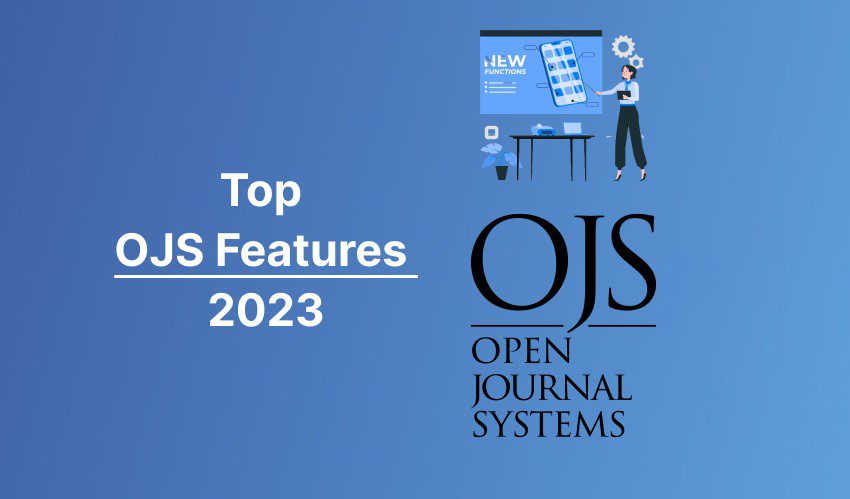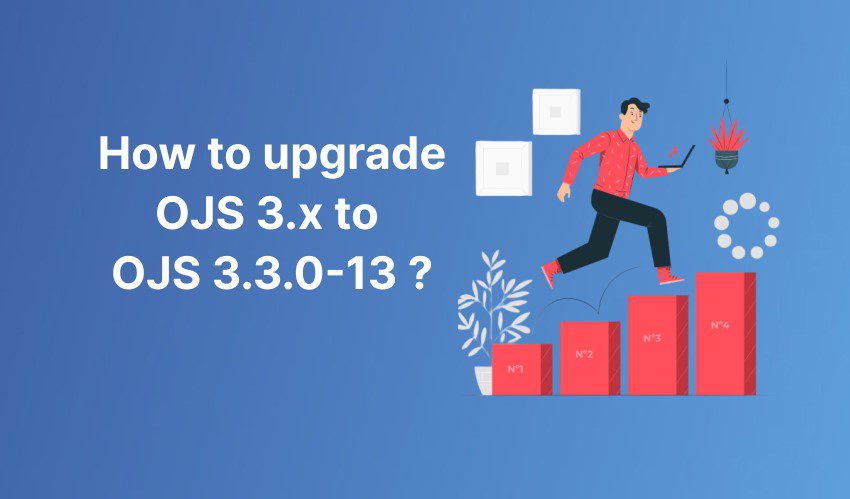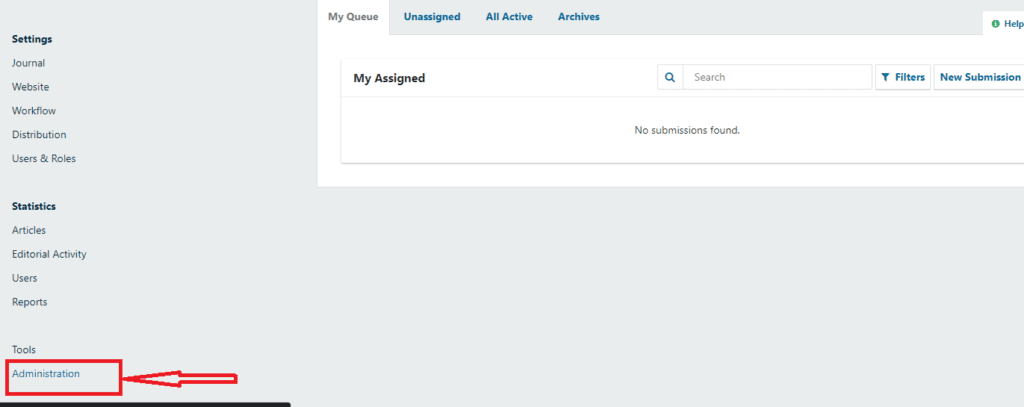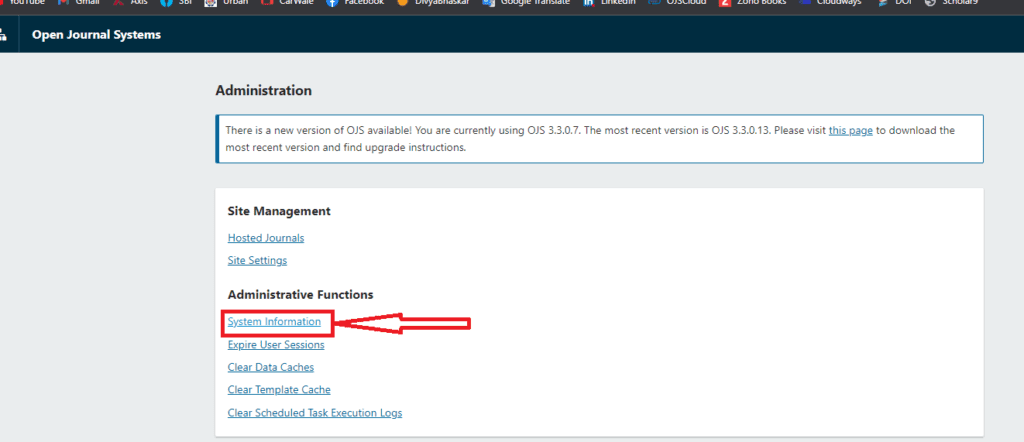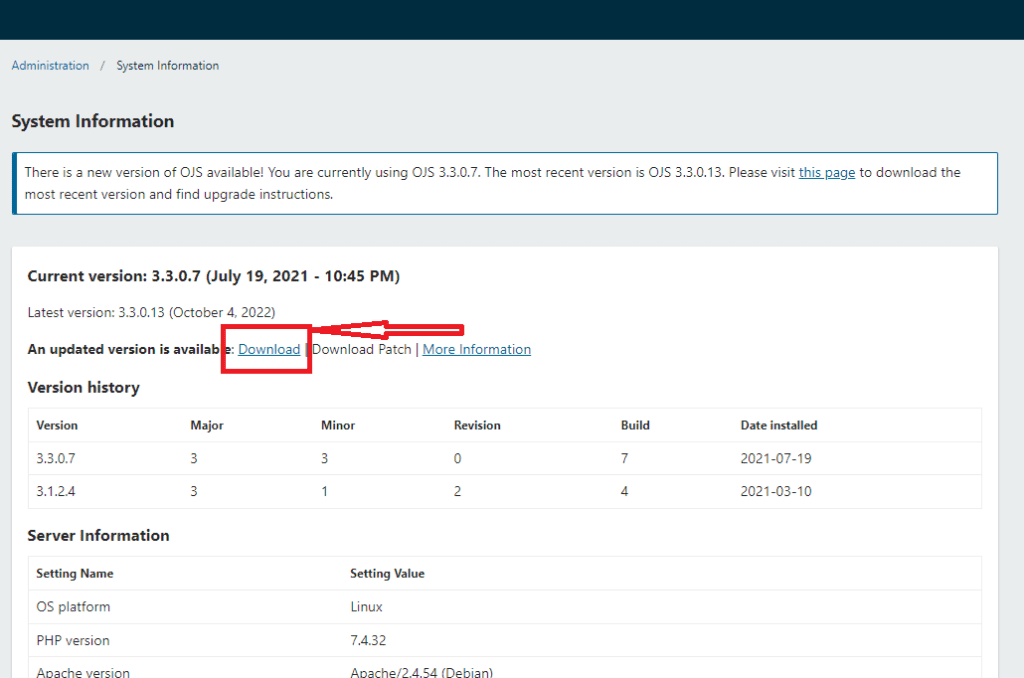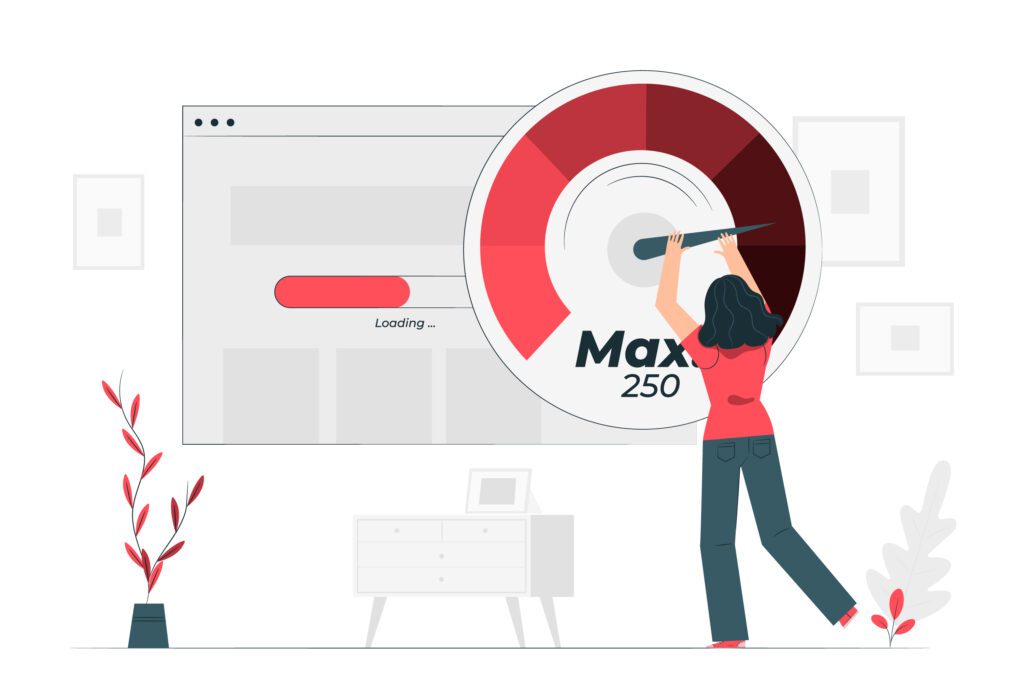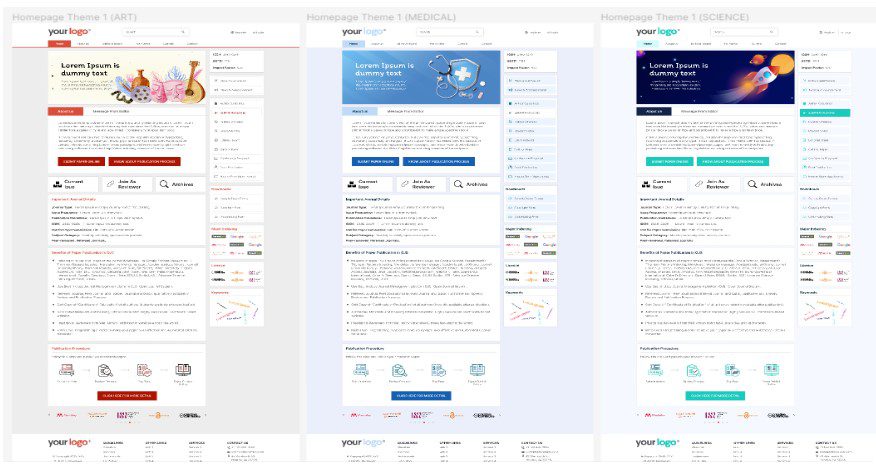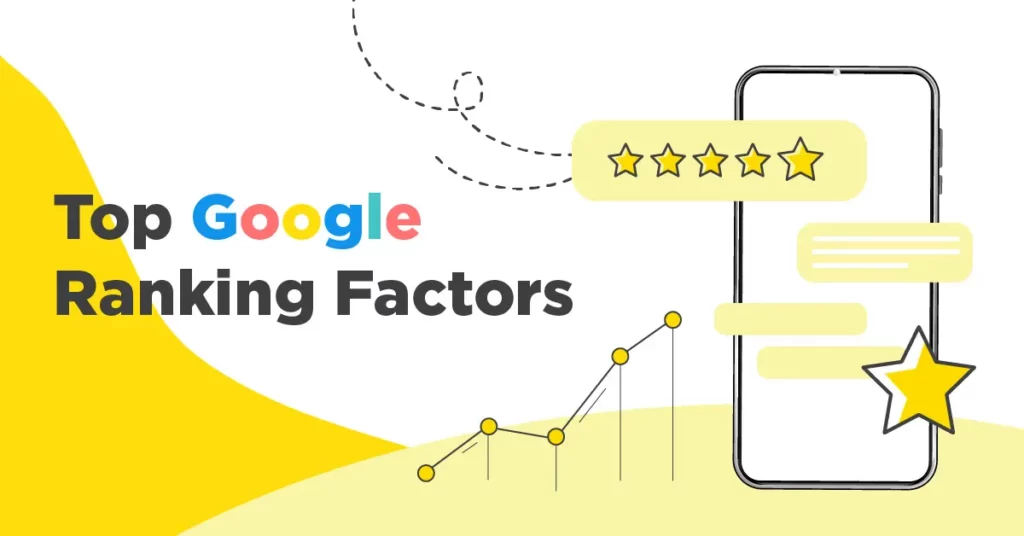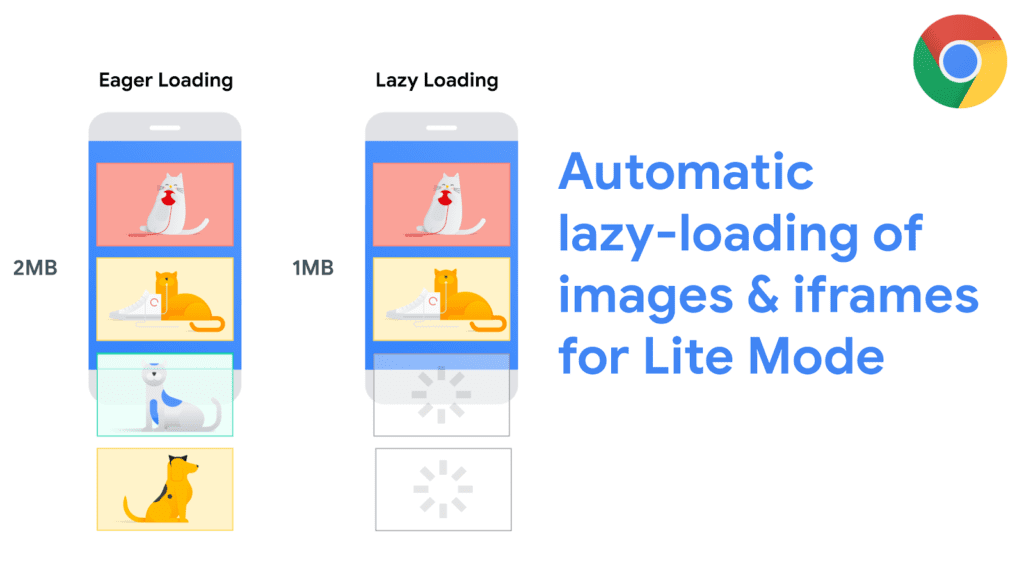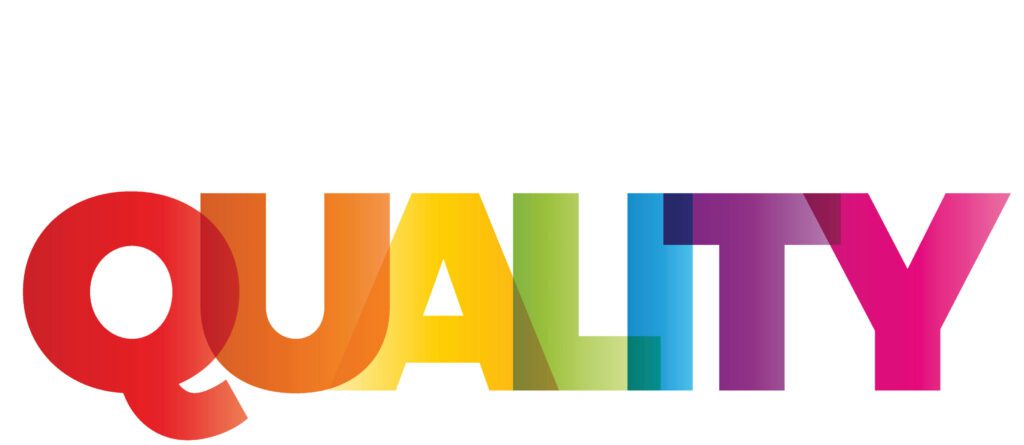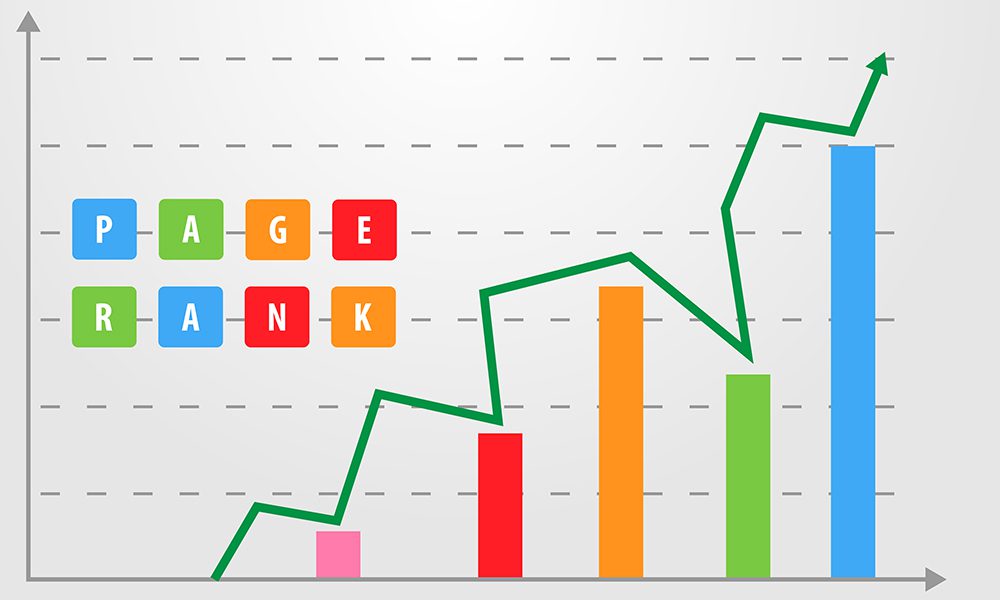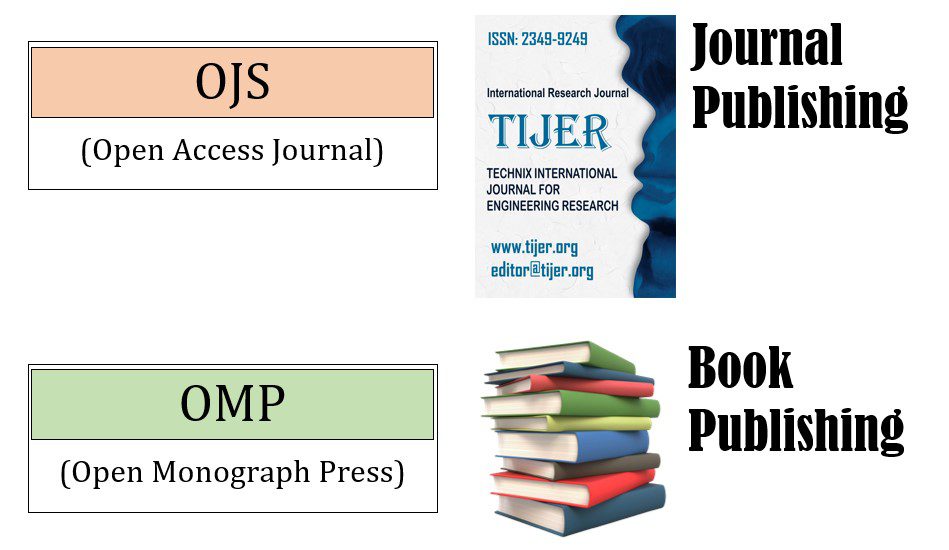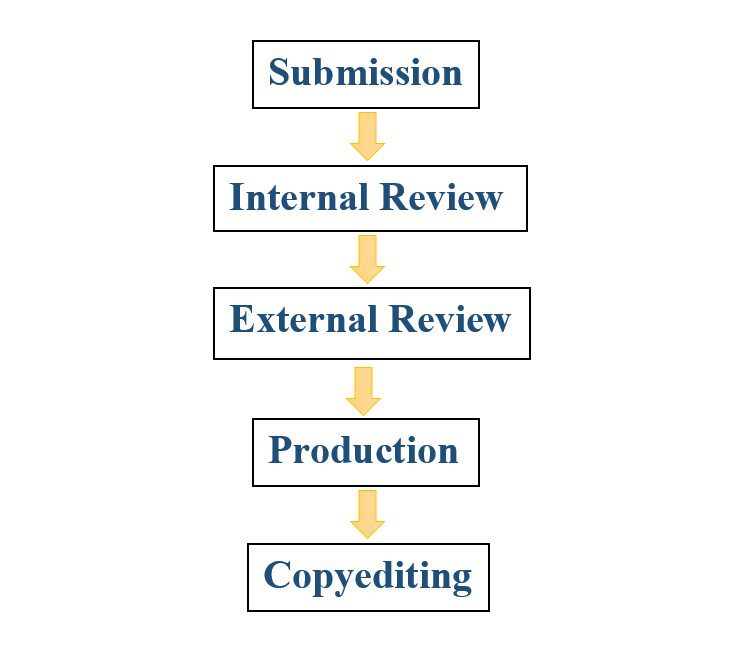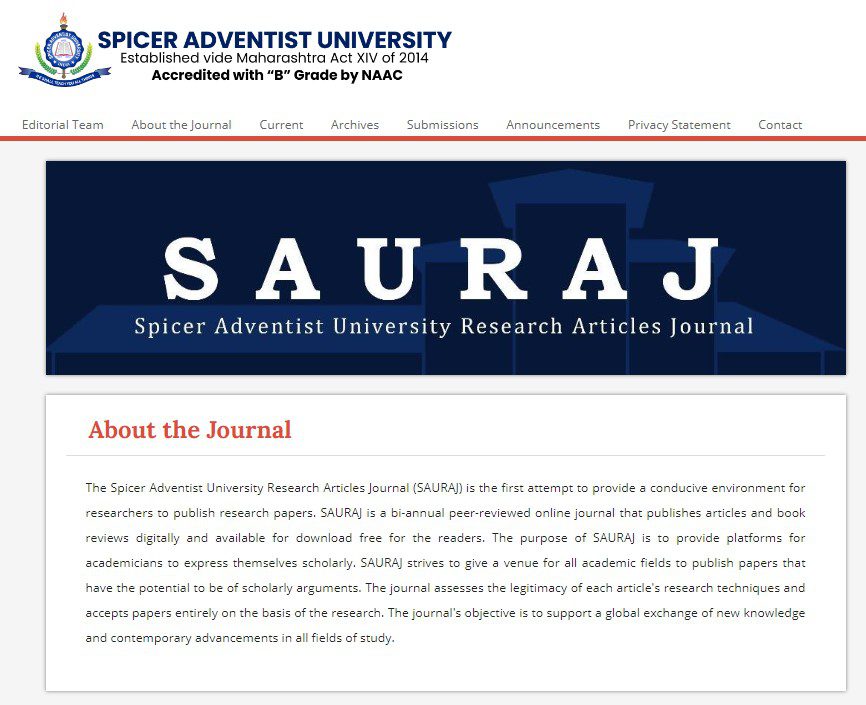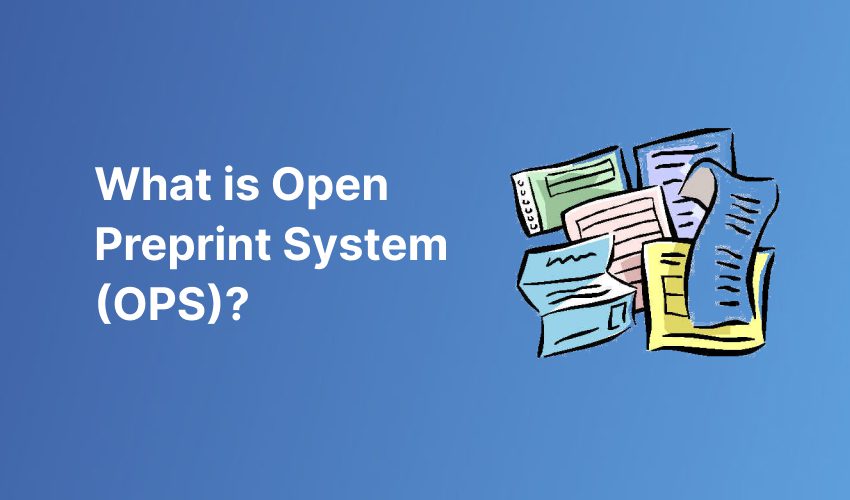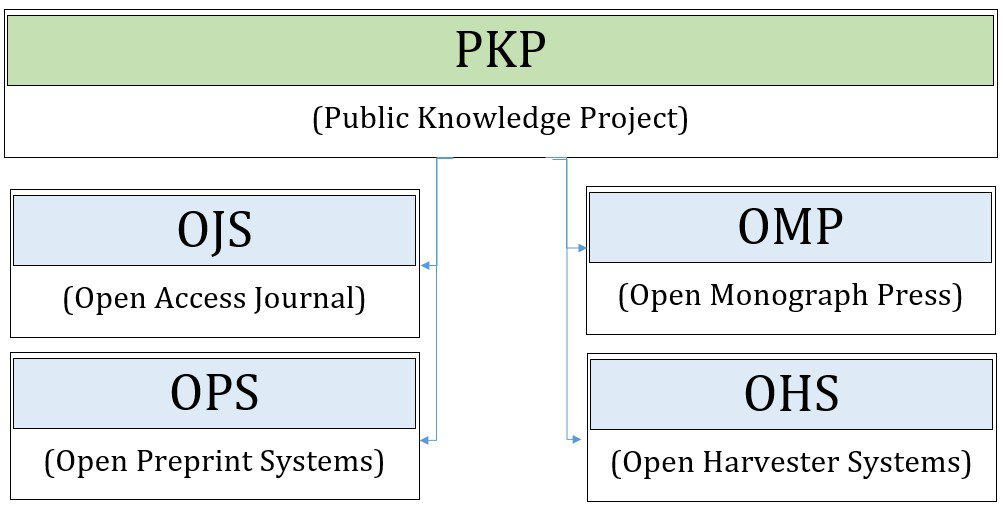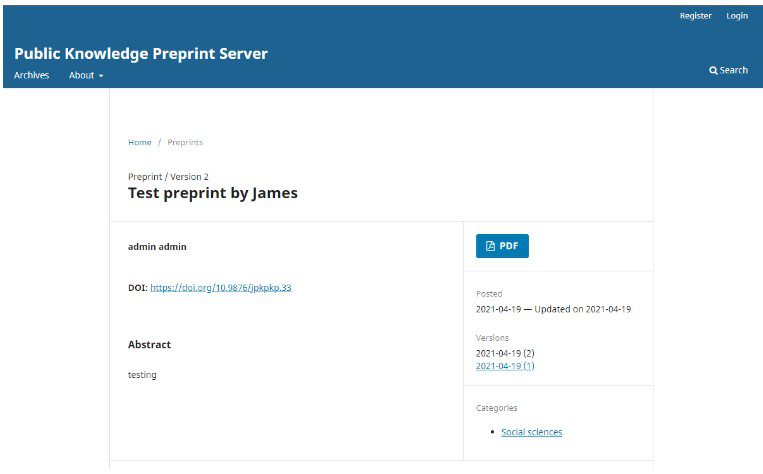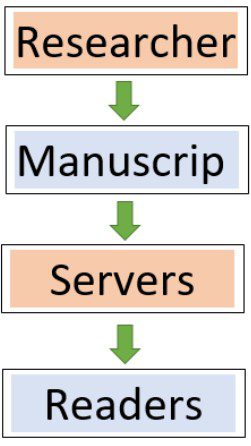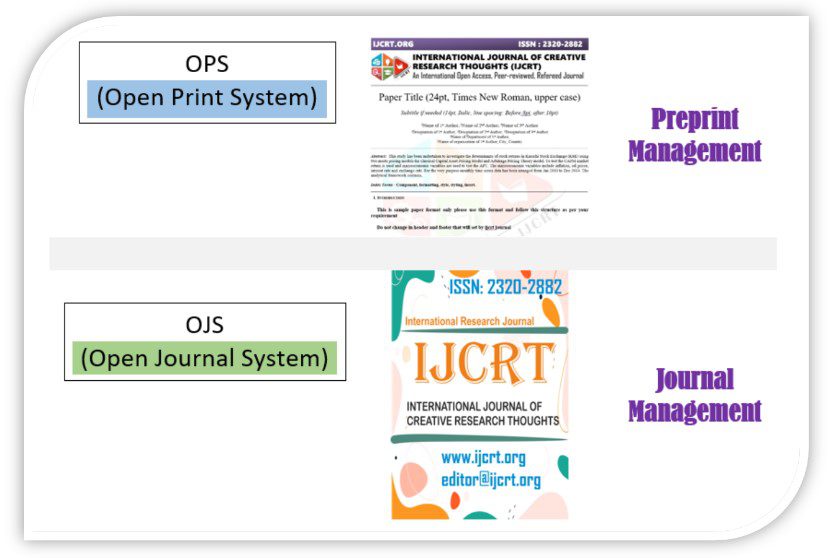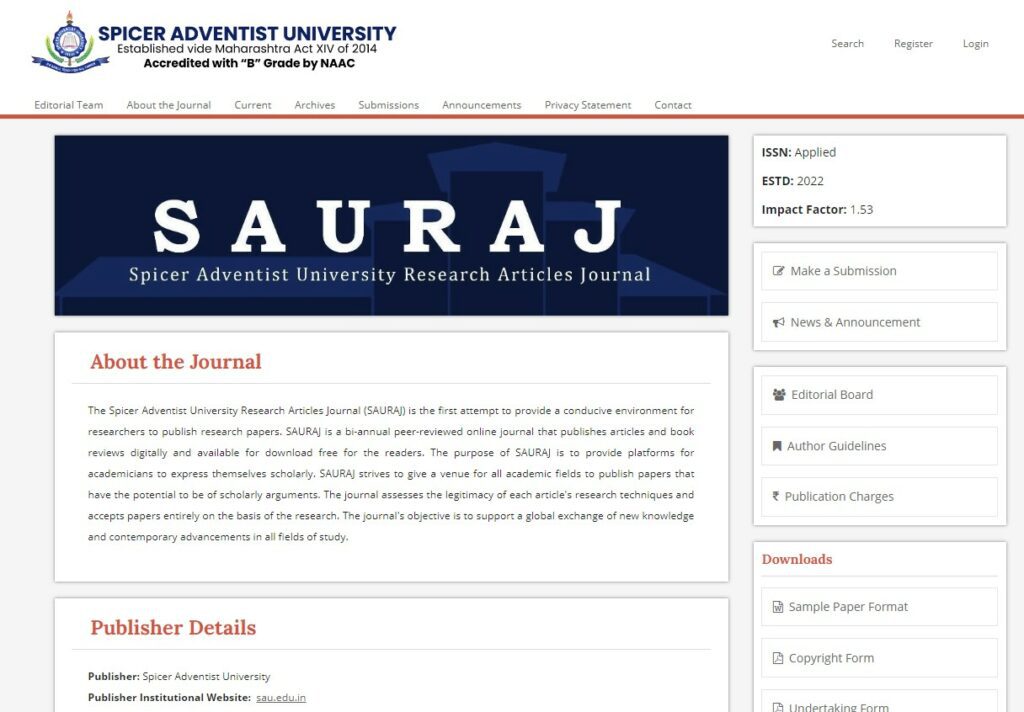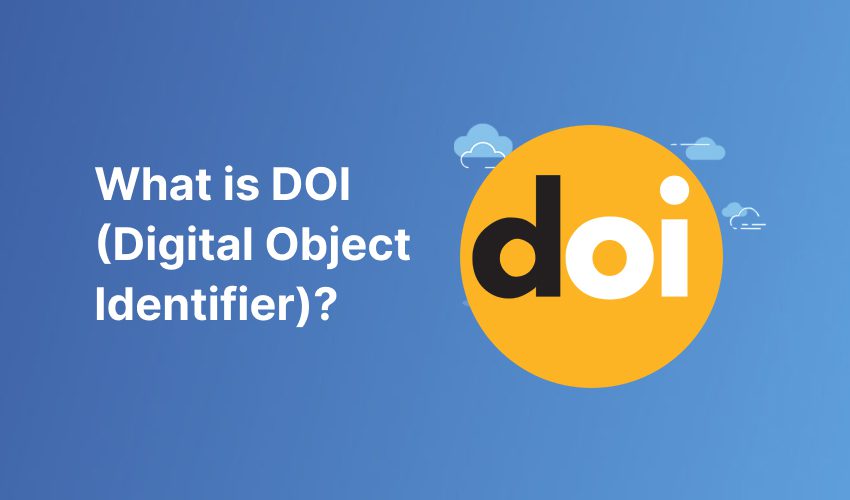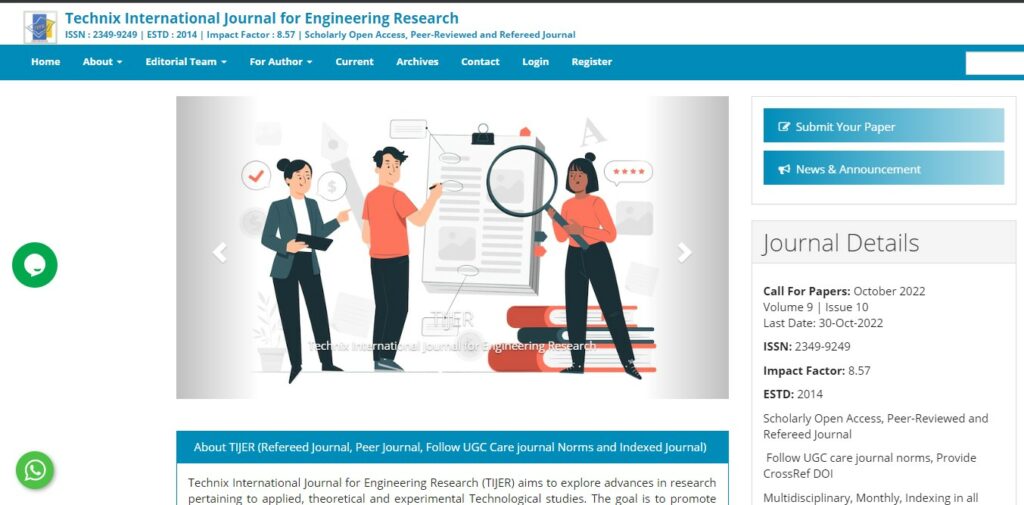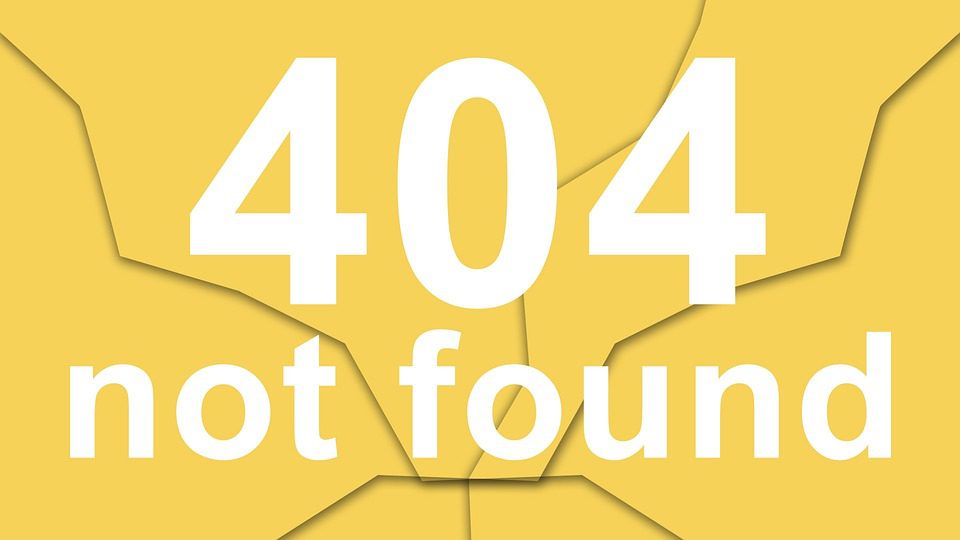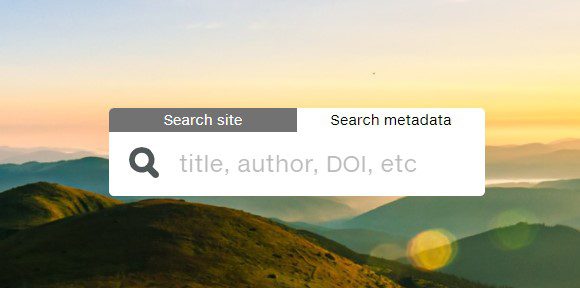The Internet has disrupted our life, specifically in “How we access information?”. Open access journal is not immune to this groundbreaking innovation. Research is a field that is largely affected by the WWW. Documentation of the novel findings or alteration suggestions in existing findings is changed entirely. Open Journal System (OJS) has provided tremendous capabilities to its user for establishing the open access journal website in 2-3 weeks.
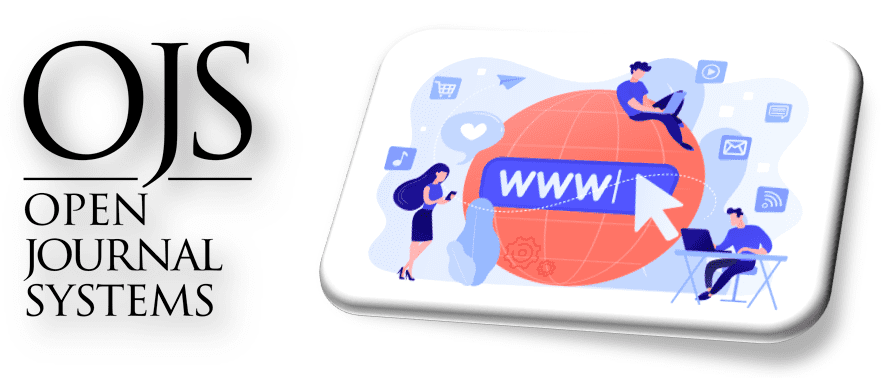
Entry of the OJS into the WWW makes the research digitization very efficient and manageable. As a result, many like to have these research articles at their fingertips, which means in the form of journal websites, specifically open-access journals. Access to research documentation in the form of a research article has become much easier than 10 years ago.

Therefore, we cannot overlook the open access journal’s website performance and features. In this blog, I would like to discuss the most important features provided by Open Journal System (OJS) to host open access journal websites.
Before moving into the discussion, I would like to spare some time for the elephant in the room, an “open access journal.” If you are new to the research world, you might not have heard about this group of words before. So, please read the below section to understand the background theory well so that advanced learnings become very easy.
What is an open access journal?
Anything which doesn’t require any prior permission, license, subscription, or fee payment is called open access. The same phenomenon is applied to put this into the perspective of open-access journals.

Open access journals are open to all research communities and normal human beings. To access the published research articles in such journals, you are not required to purchase a subscription or any special license. The most beautiful thing about these categories of journals is that they are “free.”
Note: Open-access journals are free for readers; however, they can charge some amount for publishing the articles.
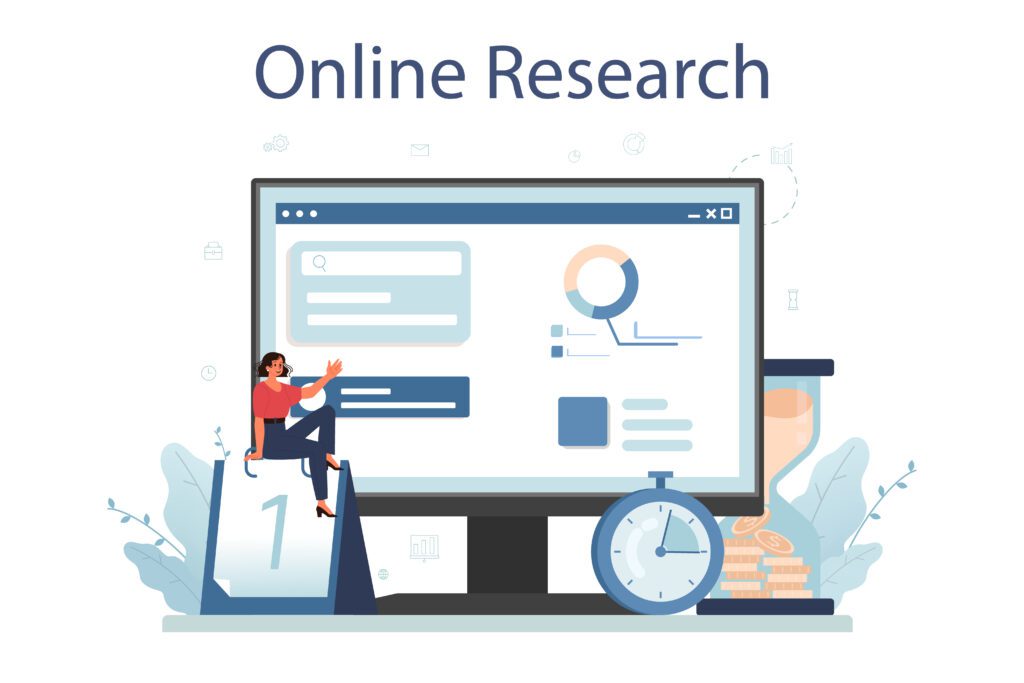
Open access journals were not very popular as there were no dedicated online infrastructures. Journals were in print form only. However, after the entrance of the Internet, many publishers have developed open-access journal websites. In continuation, I would add that Open Journal System (OJS) is a robust open-sourced platform to establish such open access journals website quickly.
Open-access journals website can be accessed by anyone having a good internet connection. So, you might be clear now that this is a very generous arrangement to accelerate the research and development by subtracting the cost hurdles.
Top Features of the Open Journal System (OJS):
1. Efficient OJS Themes:
With the recent upgrade, OJS has ready-to-use themes with endless color options. These themes are not just about looks but also agile in performance. These themes will allow you to set up your journal website quickly. Drag and drop facility is there for you in case you need to be made aware of HTML and CSS. Earlier themes were not easy to change as they required many template files. A recent upgrade has solved this problem by making template files stand alone. Get exciting OJS Themes
Apart from the basic layout, the latest OJS allows customizing the theme per the individual test and requirements. Many OJS hosting service providers are available who can help you make your journal website more interactive and user-friendly with full customization.
2. Responsive Nature of OJS Theme
As mobile phone becomes the mode of internet access, the OJS website is no exception. Many researchers love accessing such websites via mobile phones, tablets, or handheld devices. These devices are of different screen sizes. So to put this variable display environment, OJS has provided responsive layout themes.
3. Fragmented and Bifurcated stepwise procedure
The entire workflow has been divided into small parts, making it easy to work with and manage. Primarily this division consists of Accommodation {where novel requirements are entertained by affirmation or negation}, Survey {where peers check the content and revert to the creators so that they can edit the content} and Copyediting{where foreseen contents are stored for the final revision and ready to enter into the production}.
The great thing about the above-discussed steps is that each step can be accessed individually and left to visit, which means jumping the sequence. This edition allows you to enroll the creator at any step for proper correction.
4. Dynamic User Swap
Generally, software systems are of a nature in which they do not allow the user role to change without reentering the credentials. OJS, on the other hand, allows you to change the user if you have logged in with the master credentials. This facility is very convenient for changing roles and doing tasks with rapid response. For example, you can become a reviewer and journal manager in one login. You do not require to log out from the system to change the role.
5. Interaction regarding publication
As you know, OJS has divided the entire journal management task into various stages: Accommodation, Survey, copyediting, and production. The different user roles can collaborate via a simple messaging system during this phase. Apart from this, robust email facilities are also there for logging activity status. Peers can review each other’s work and comment also. This facility ensures that each stakeholder can take an interest in all activities. This is possible only and only due to the OJS new theme advancement.
6. Simple Registration
Enrolling in a new user’suser’s biome is very easy with this upgrade. The new registration form includes very few and extremely important fields to be filled in by the user. The user with no extra information can fill out this form. It can be submitted with handy or memorized basic information. After the form submission, new clients are informed via well formatted prescribed email.
7. Easy Task Assignment Mechanism
Another significant benefit of OJS is that you can swap between two different users who are experts. Swapping is straightforward, and configuration options are available in the left sidebar. As a result, it has made the assignment of dual obligations easier.
Upgrade to the latest OJS 3.3.0-13 for New Features
You might be running a journal website on old OJS, so you might not have the new features. I request you upgrade your OJS to the latest OJS 3.3.0-13. Ensure you take enough care during the upgrade because an OJS upgrade is complex and demands expertise. One should take a full system backup before upgrading because sometimes the upgrade may go wrong, and data can be lost. If possible, then higher experts for OJS upgrade.
We at OJSCloud provide end to end hosting solutions for open access journal on OJS.
Start Journal
Conclusion
To wind up the discussion, I would definitely rate the current OJS version along with the discussed features on the higher side of the weight scale, as it provides extraordinary functionalities for the user. All the discussed functionality make the journal management task very efficient. I recommend upgrading to this version to maximize the new features.
